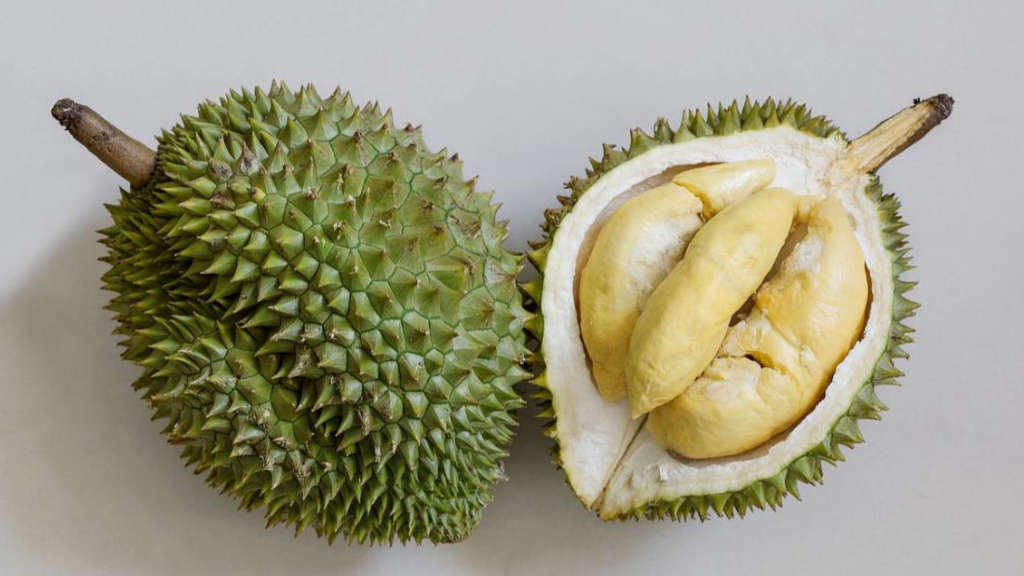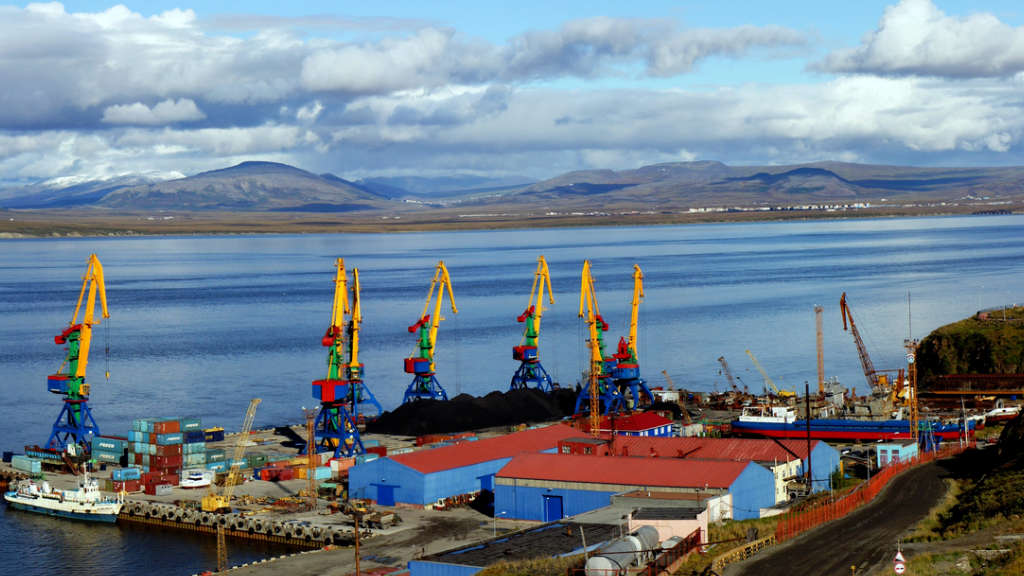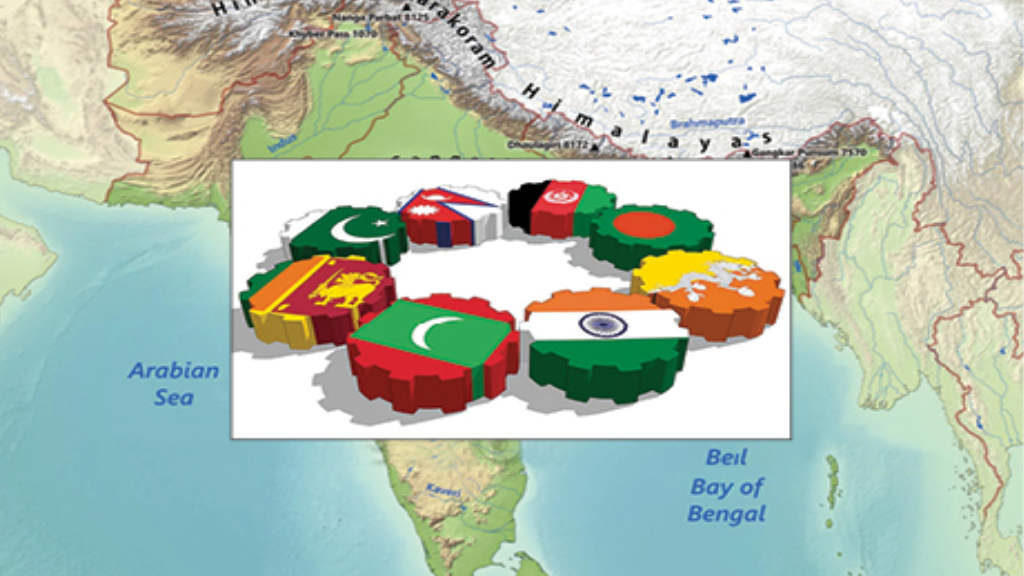Russia’s container transhipment volumes in its Northwestern Ports such as St.Petersburg continue to recover after volumes fell in 2022. This new growth trend has made it possible to maintain a surplus of terminal capacity and introduce new quality of direct line services without transhipment in European ports, according to Leonid Shlyakhturov, Executive Director of FESCO Integrated Transport. He was speaking at the “Export Potential of Baltic Ports” conference held last week in St.Petersburg.
According to Shlyakhturov, the withdrawal of most global container carriers from Baltic basin has allowed Russian companies to launch their own sea services from Asia to St. Petersburg. The route between Asia and the Baltic has become very competitive. In order to provide high-quality service, FESCO acquired six new container ships in 2023 to service shipments between China, India and St. Petersburg. Russia has taken over shipping routes that used to be operated by the likes of Maersk, who exited the Russian markets in 2022 in attempts to sever Russian supply chains. Instead, they lost the lucrative Russia-Asia routes.
Shlyakhturov said that transportation through Russia’s Northwestern ports is now fully balanced. Export loading accounts for 70% of the import volume, meaning that for every ten containers of imports, FESCO sends seven containers of Russian cargo in the opposite direction. It is expected that the increase in container transhipment demonstrated by the Baltic ports in January-February 2025 will continue.
FESCO is also considering the launching of marine services in new directions for FESCO from St. Petersburg to South Africa and Latin America.
Further Reading
Russia’s FESCO Adds Huge Malaysian Port To Its ASEAN Operational Supply Chains





